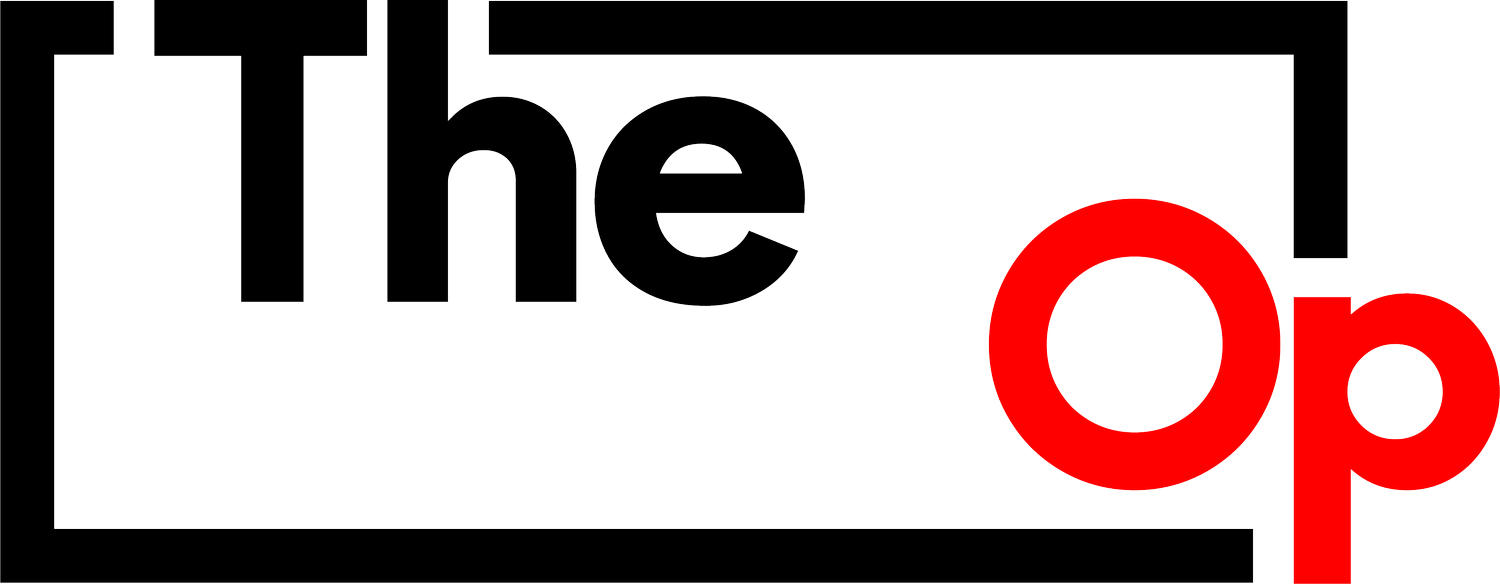Second Team
By my estimation, stand-ins are both the most underrated and one of the most crucial part of any operator's experience. A great stand-in can save your ass and a poor stand-in can make your job extremely tough. I always try to make it a point to introduce myself to them on day one, and engage them in the process. Their job can be truly tough, as standing still while people look at you is not the easiest thing to do, and the more you let them know how important what they do is (it really is), the more involved they will be.
The best stand-ins I’ve worked with are the ones who are there at every rehearsal taking notes, watching what the actors do, and recognizing what they need to replicate for the camera setup. Watch them on day one to see who is in the game and who isn’t, and you can tell very quickly which are which. I’m terrible with names but I will always try to refer to them by their own names rather than their character’s name (many do this and I think it’s rude), to socially engage with them when it’s appropriate. If the opportunity arises, I will offer to grab something from crafty for them or offer them some gum if I’m having some as a way of showing them that they are not being taken for granted. I’m always saddened to hear how this is not the norm. Not only does treating them nicely help you in the long run, but it’s simply how mom taught us to act and the right thing to do.
This may all sound calculating, and, on a level, it is, but the calculation is to make sure that a valued member of the team, who is often not viewed that way, recognizes how valued they are. The best stand-ins I have worked with, generally but not always those who go from show to show with an actor of note, will show me exactly what the actor did in rehearsal and then, once we know each other, will often say something along the lines of “In rehearsal, he stood up and grabbed the phone, but I know him and my guess is he is going to grab the phone and then stand up,” or something similar. It's a fine line, but you can tell pretty quickly which people are there to help, just like any member of the crew.
One thing I have learned that has helped greatly is, on day one, to ask the stand-ins if they have checked their height against the actor and, if they haven’t, to find out what the height difference is so you can correct for your frame. The one area where I see most people getting hurt by this though is in seated positions. A 6’ actor and a 6’ stand in, when standing, will line up perfectly. But legs and torsos are different, so if you are lining up a seated position, or worse yet, a driving shot where you need to clear a steering wheel or a rear-view mirror, know that where your stand-in’s head is and where the actor's head is may be vastly different. As a result, I often try and visually judge when the actor is sitting in so I can get an idea, or, better yet, let the AD know that I’m going to need to check the actor in position and make a slight adjustment before we go. Some will balk at this, but, when I explain the situation, most of them get it. Ideally, get a reference for how much taller or shorter the stand in is when sitting and ask them to help you remember that.
One final note. Now that I have spent this page calling them stand-ins, on set, refer to these fine folks as second team. It denotes a level of respect that ‘stand-ins’ does not, and lets everyone know that you recognize that they are a valued member of the crew and should be treated as such.
And one final final note. If there is downtime, engage them in conversations and see who they are. Over the years, I have met incredible magicians, people who have built their own houses by hand, an Appalachian trail hiker, and beyond. Like any other crew members, you have to be a little different to be in this business, in a good way, and members of second team are no exception to that rule.

